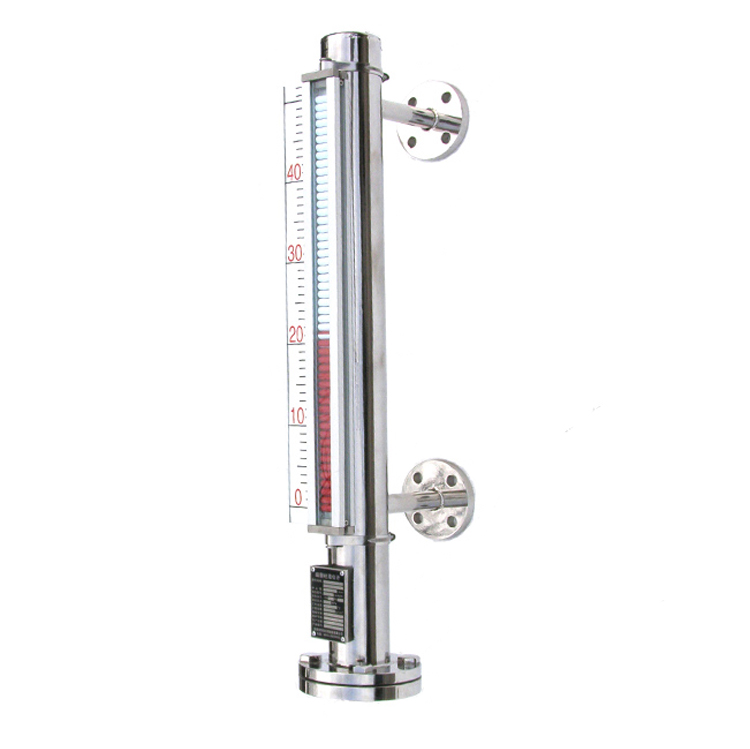The correct suction and discharge of the pipe cooling tower/condenser magnetic flap level gauge is very important. If the installation is improper, some quite catastrophic events may occur.
Starting from the suction pipe, it is important to take precautions to avoid air pockets-this may damage the magnetic flap level gauge in a short period of time. Remember that the cooling tower water is full of air, so the air in the pipe is given. You must make sure to avoid any sudden pressure drop between the tower and the level gauge suction device, otherwise the air may pop out of the water, enter the level gauge and damage the level gauge shaft. Depending on the temperature of the water, another potential problem is the possibility of cavitation, if the pressure drops so much that a certain amount of water flashes into steam when it enters the liquid level.
Here are some best practices for suction pipes:
Make sure that the eccentric fitting is at the top of the suction pipe so that the top of the pipe is flat. Use eccentric fittings when the pipe diameter on the upstream side of the fitting is larger than that of the downstream fitting. An eccentric fitting (also called an eccentric reducer) is installed on the suction side of the magnetic flap level gauge to ensure that air does not accumulate in the pipe. Figure 1 and Figure 2 show the recommended and not recommended installation of eccentric accessories

Try to keep the suction pipe straight and unconstrained. Valves, filters and accessories are best located on the discharge side of the level gauge. Ideally, the pressure drop between the tower and the suction flange should not exceed 5 feet. Remember that any pressure drop in the water will cause entrained air to emerge.
Please note that there will be a slight negative pressure on the suction of the level gauge. This is most likely to happen when the level gauge is turned on for the first time. This is the result of an instantaneous pressure drop in the pipe between the cooling tower and the magnetic flap level gauge. A negative pressure of one or two psi is very common and usually not a problem. Remember, if the pressure drop is large enough and the water temperature is high enough, the water will boil, which means the level gauge is cavitation.
Install a compound gauge on the suction cup of the level gauge! If your pressure gauge only measures positive pressure, how do you know if you have negative pressure? If it is a compound gauge, then the zero reading can only be trusted!
In terms of emissions, the main concern is to ensure that the tower will not be submerged when the magnetic flap level gauge is turned off. The best way to avoid flooding of tower water is to install a water leg to collect all the water on the condenser side. Water legs of proper length allow only a minimum amount of water to fall into the tower.
Here are some best practices for discharge pipes:
Place any horizontal pipe on the discharge side of the level gauge, below the overflow level. If this is not possible, be sure to install water legs to prevent discharge into the cooling tower.
Install a non-emergency check valve at the discharge port of the level gauge to prevent any subsequent drainage.
Determine the size of the discharge pipe of the magnetic flap level gauge according to the ASHRAE 90.1-2010 design table. Keep in mind that ASHRAE now allocates maximum pipe sizes for cooling tower/condenser water systems.
When determining the size of the level gauge, a fouling factor is included in the pipeline. Open systems like cooling towers become dirty, so a certain degree of pressure drop will inevitably occur over time. A safety factor of 5 to 10 feet is usually acceptable.
Post time: 13-10-21
